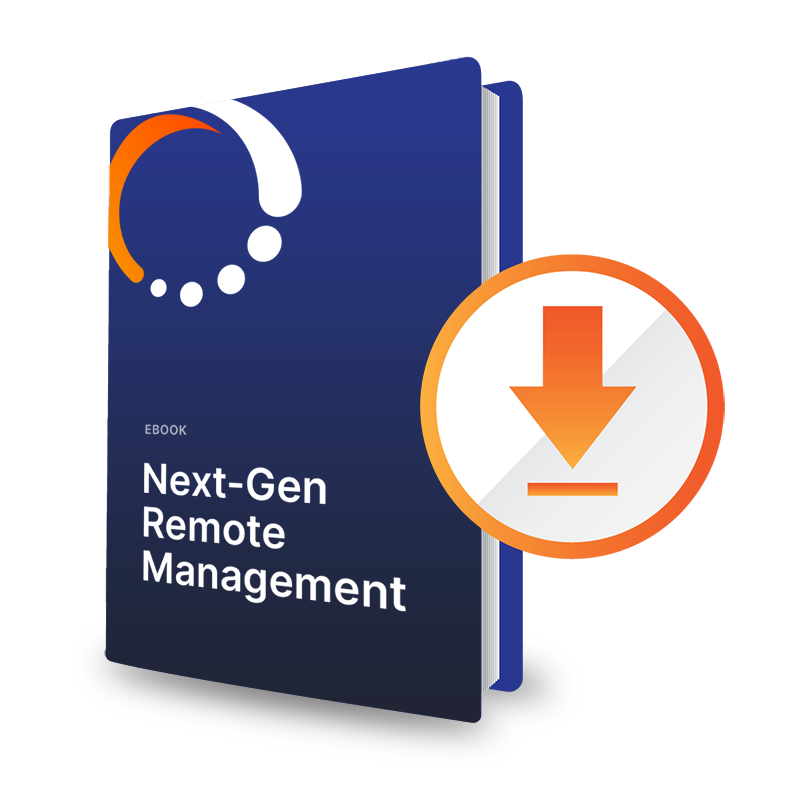How Does Blockchain Fit into the Internet of Things (IoT)?
IoT and blockchain synergy: enhanced security, trust, & efficiency across industries.

June 4, 2019 - There’s a certain synergy that comes from combining two disparate – and often emerging – technologies. Sometimes, it redefines the space both were operating in so fundamentally that it’s like they were always made for each other. Consider how mobile tech like personal digital assistants, when married with cellular and wireless standards, quickly evolved into smartphones – disrupting the entire industry in the process.
Another such opportunity might be about to happen as businesses take their first tentative steps towards combining the Internet of Things with blockchain technology.
You might know blockchain from its (much maligned) association with cryptocurrencies like Bitcoin and various ICOs (Initial Coin Offerings). But blockchain is really much more than that. A blockchain is a sort of distributed, secure ledger. It’s composed of a list of records (referred to as blocks) that are linked using cryptography, so the data encoded within it is trusted and secure for all authorized parties with the appropriate keys.
Natural partners
And that makes blockchain a natural partner to the IoT, which, at its core, is a distributed network of devices that need to continuously exchange information between “things” and other nodes in the network, including data centers and the cloud.
There are a number of reasons why blockchain makes sense in the IoT. Consider enterprise security, for example. Data security is an evolving model for most IoT platforms and businesses cases, and that means there are opportunities for solutions like blockchain to make a real difference. Hackers and cybercriminals can and do target networks, and the IoT is vulnerable, especially given the lack of interoperability standards and sometimes-poor security built into many IoT endpoint devices.
Addressing security concerns
Blockchain is a remedy to a lot of the IoT’s security concerns – it can be used to make trusted data sets that can be shared with confidence among multiple users and stakeholders or even among connected devices, and given the distributed nature of blockchain, it can do this without relying on any centralized control or management. Blockchain offers IoT systems hash-based security and methods for detecting intrusions by malicious users, and therefore offers a path to mitigating threats.
This can also contribute to cost savings, because the inherent trustworthiness of blockchain transactions means that the network doesn’t need to rely on redundant, intermediate authentications.
Recording detailed metadata
Moreover, blockchain solves other problems as well. It can allow systems to record detailed metadata histories of the network’s activity, which can be useful both for process improvement analysis and regulatory compliance purposes. Software updates can be pushed through the blockchain with secure cryptographic keys for IoT devices to validate and install automatically. And blockchain can automate the process of making payments based on the status of network activities – for example, when a service is completed within the network, vendors and partners can be notified or paid.
There are already several blockchain platforms emerging which have been designed expressly for the IoT, and a handful of significant enterprises have partnered with them to deploy blockchain-enabled IoTs. Fujitsu, for example, is leaning on blockchain in a proof-of-concept immutable data storage solution that enables secure audit trails across production environments and supply chains. And Volkswagen is planning to use its blockchain-based IoT to enable autonomous cars to operate and receive wireless “over the air” updates.
These early business cases aside, the applications for blockchain in the IoT are legion. Transportation companies can rely on a blockchain-enabled IoT to store details about inventory (like temperature, condition, location, and arrival time) at every point in the trip, and every stakeholder can trust the data since it’s blockchained. Aircraft maintainers can rely on the tamper-free blockchain ledgers to certify maintenance records, parts condition, and compliance data. There’s little doubt the future of IoT includes blockchain.













